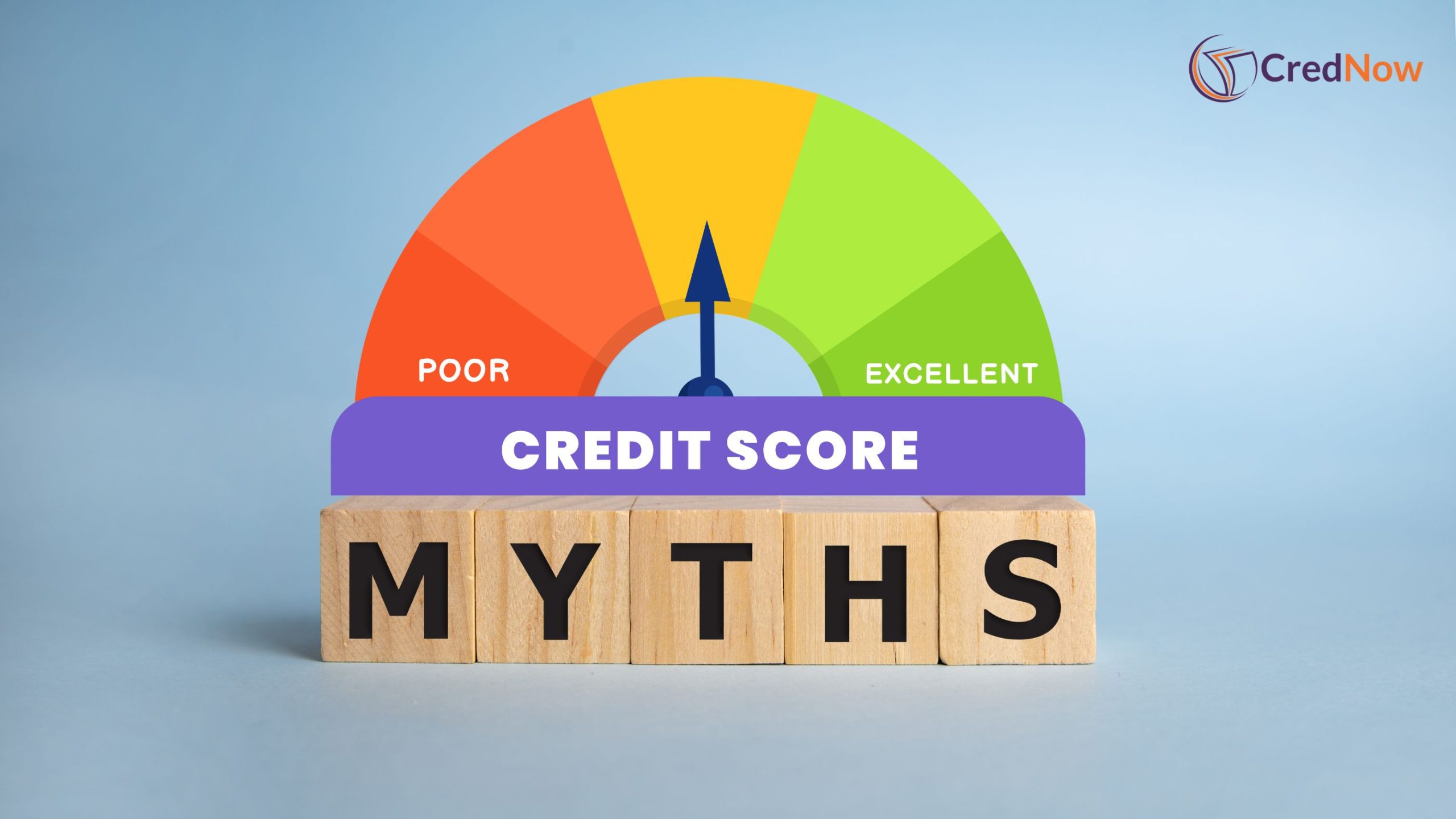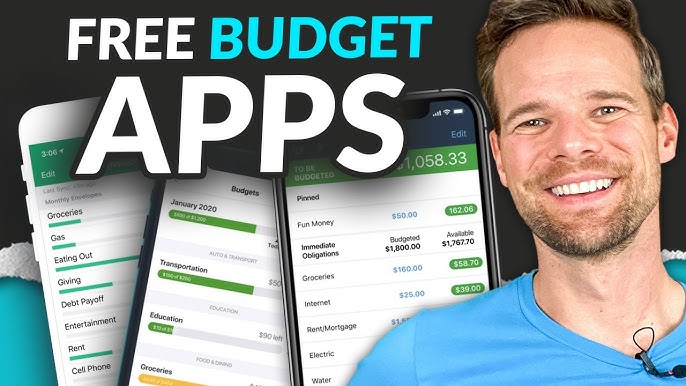How to Avoid Common Loan Traps in 2025 (And Borrow the Smart Way)
Taking a loan can be a smart financial decision—whether it’s for a car, home, education, or starting a business. But if you’re not careful, it can also lead to stress, debt cycles, and long-term financial damage.
In 2025, personal loans, online lenders, and “buy now, pay later” options have made borrowing easier than ever. Unfortunately, so have loan scams, hidden charges, and predatory lending. The key to smart borrowing is understanding what traps to avoid—and how to protect yourself.
This article breaks down the most common loan traps people fall into and how you can stay safe while borrowing smartly.
⚠️ Trap #1: Borrowing Without Understanding the Interest Rate
Too many borrowers focus on the monthly payment and ignore the interest rate—but that’s where lenders make money off you.
High interest = more total repayment. For example, a 5-year loan of Rs.500,000 at 14% interest can cost you Rs.200,000 more than one at 8%.
✅ How to Avoid It:
- Always ask for the APR (Annual Percentage Rate), not just the monthly amount.
- Compare rates from at least 3 lenders before choosing one.
- Use a loan calculator to see the full cost.
⚠️ Trap #2: Ignoring Hidden Fees and Penalties
Many loans come with processing charges, early payment penalties, late fees, and even service tax deductions that aren’t obvious at first glance.
These can quietly eat into your budget and make what seemed like a “cheap” loan much more expensive.
✅ How to Avoid It:
- Ask for a full fee breakdown in writing before signing anything.
- Read the fine print. Look for phrases like “prepayment charge” or “processing fee.”
- If the loan is “zero interest,” check if they charge extra fees instead.
⚠️ Trap #3: Falling for “No Credit Check” or Fast Loan Scams
In 2025, online loan scams are everywhere. You may see ads like “Instant approval with no credit check!” or “Loan guaranteed, no questions asked!”—these are red flags.
Scammers usually:
- Ask for upfront fees
- Promise guaranteed approval
- Use pressure tactics (e.g., “offer expires today!”)
✅ How to Avoid It:
- Never pay money upfront for a loan. Legit lenders deduct fees, not demand them first.
- Check if the lender is registered with your country’s financial regulatory body.
- Stick to trusted names (banks, credit unions, or well-reviewed platforms).
⚠️ Trap #4: Over-Borrowing (More Than You Need)
It’s tempting to borrow a little extra “just in case,” but more loan means more interest, longer repayment, and a higher chance of default.
✅ How to Avoid It:
- Only borrow what you need and can repay comfortably.
- Use the debt-to-income ratio rule: your loan EMIs (monthly installments) shouldn’t exceed 30–40% of your monthly income.
- Avoid emotional borrowing for wants like gadgets or luxury trips.
⚠️ Trap #5: Choosing Long Tenure to Lower EMI
Lenders often offer longer loan terms to reduce monthly EMIs. But the longer the term, the more interest you pay over time.
For example, a 3-year loan at Rs.25,000/month vs. a 5-year loan at Rs.18,000/month may seem better short-term—but cost more in the long run.
✅ How to Avoid It:
- Try to balance affordable EMIs with shorter tenure.
- Pay more upfront as a down payment if possible.
- Ask your lender for an amortization schedule to see the real cost.
⚠️ Trap #6: Missing or Skipping Payments
Even one missed loan payment can hurt your credit score, lead to late fees, and even legal action if repeated. Skipping payments also adds interest, creating a snowball effect.
✅ How to Avoid It:
- Set up auto-payments for your EMIs.
- Maintain a buffer savings fund for emergencies.
- If you’re struggling, talk to the lender early—they may allow deferment or restructure your plan.
⚠️ Trap #7: Not Comparing Multiple Lenders
People often take the first loan they’re approved for. But every lender offers different terms—and shopping around could save you thousands.
✅ How to Avoid It:
- Compare at least 3 lenders: bank, fintech, and NBFC (Non-Banking Financial Company).
- Don’t just look at EMI—compare total repayment, fees, and customer reviews.
- Use online platforms like BankBazaar, LendingTree, or LoanCompare to view side-by-side comparisons.
📋 Bonus Tips for Smart Borrowing in 2025
- Check your credit score first
Better score = better rates. Fix any errors before applying. - Read the loan agreement carefully
Don’t sign unless you understand every section. - Don’t co-sign unless you fully trust the person
You’ll be legally responsible if they default. - Use personal loans wisely
Don’t borrow for everyday expenses unless absolutely necessary. - Set reminders for EMI dates
Stay on top of payments to protect your credit profile.
🧠 When Is It Okay to Take a Loan?
Loans aren’t bad when used correctly. Here are examples of smart borrowing:
- Investing in education or career growth
- Buying a home or essential vehicle
- Starting a profitable small business
- Handling a medical emergency
If the loan will help you grow your income, improve your future, or solve a short-term need without overextending, it can be a smart move.
💬 Final Thoughts
Taking out a loan in 2025 can be easy—but staying debt-free and financially healthy takes awareness and discipline. If you avoid common traps like hidden fees, long tenures, and shady lenders, you’ll stay in control.
Borrow with purpose. Read the fine print. Ask questions. And remember: a loan is a tool—not free money.
Use it wisely, and it can help you reach your goals without regrets.









Post Comment